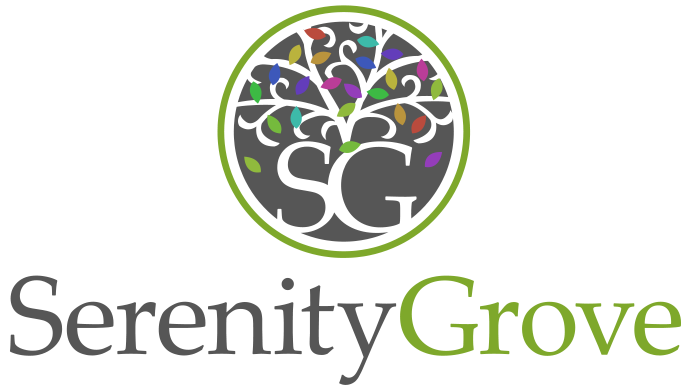Dual diagnosis is a form of addiction treatment where someone receives treatment for addiction and a mental health disorder at the same time. When someone is said to have a dual diagnosis, it can involve any pairing of substance abuse and mental health. For example, depression and alcohol use disorder is a common type of dual diagnosis. Opioid addiction and anxiety is another form of dual diagnosis.
No matter the exact pairing, it is critical to treat both disorders simultaneously. That may seem like a natural approach but doing so is actually more recent. The historical norm was to address each disorder sequentially. That failed to produce the kind of transformational results clients deserve. Thus, the dual diagnosis method of treatment has come to replace the sequential approach. Reach out to Serenity Grove at 844.904.3485 to learn more about mental health treatment near you.
What Is Dual Diagnosis?
Dual diagnosis is when someone has a mental health disorder and a substance abuse disorder simultaneously. Someone with a dual diagnosis can also be said to have a co-occurring disorder. If not treated, the disorders present in a dual diagnosis can form a vicious spiral that becomes harder and harder to untangle. Treating a dual diagnosis is never impossible. Yet it is always better to disrupt a dual diagnosis with early intervention and treatment.
One of the reasons that dual diagnosis is so common is the ways that substance abuse and mental health negatively interact. This is seen predominantly in the concept of self-medication. Someone with depression may self-medicate by drinking. Or else someone who engages in drinking behavior to the point of addiction may, in turn, suffer mental health issues stemming from their drinking.
3 Dual Diagnosis Benefits
It is always recommended to seek formal treatment when a dual diagnosis is present. Below are three dual diagnosis benefits that make pursuing treatment worth it.
1. Better Treatment Outcomes
The number one dual diagnosis benefit is its higher success rate. As noted earlier, the sequential method never achieved notable results. The interconnected nature of substance abuse and mental health explains why. Failing to treat one could simply leave behind the root cause of the other. Dealing with both disorders together is the best way to create transformational treatment outcomes.
2. Better Quality of Life
The other two dual diagnosis benefits explained here are really subsidiary to the first one. For instance, successful treatment will naturally lead to improved quality of life. Yet it is worth unpacking quality of life as a separate benefit. For starters, dual diagnosis is comprehensive in its approach. Sometimes, people enter addiction recovery with a mental disorder that has never been meaningfully treated before. It can be revelatory for someone to finally receive mental health treatment.
Another way this benefit can show up is in knowledge and self-awareness. Treatment at places like Serenity Grove helps people understand themselves and their disorders more profoundly. Knowing why you feel a certain way or how you can best help yourself in moments of crisis can be game-changing.
3. Better Physical Health
Improvements in physical health are a natural trickle-down effect when someone receives dual diagnosis treatment. Both addiction and mental health disorders can have physical ramifications. Getting them treated is liable to produce a number of positive physical impacts, such as:
- Better sleep
- More energy
- Improved concentration
Experience the benefits of dual diagnosis treatment for yourself. Reach out to learn more today and begin to heal.
Discover Dual Diagnosis Treatment at Serenity Grove
Serenity Grove is a leading provider of dual diagnosis treatment. Our compassionate, expert clinicians work closely with each client to ensure treatment caters to your needs. We are partners in your healing journey.
Dual diagnosis benefits are just a phone call away. Call 844.904.3485 today to discover dual diagnosis benefits at Serenity Grove. You can also fill out our online contact form and let us get back to you.


